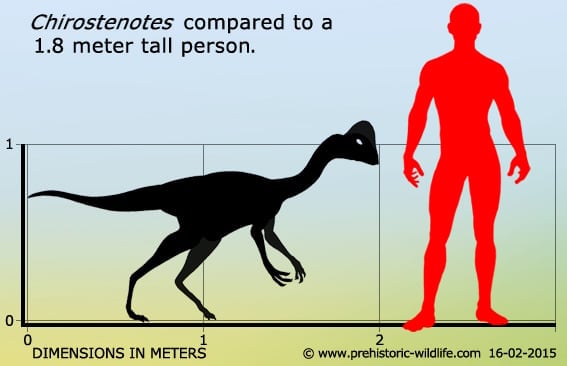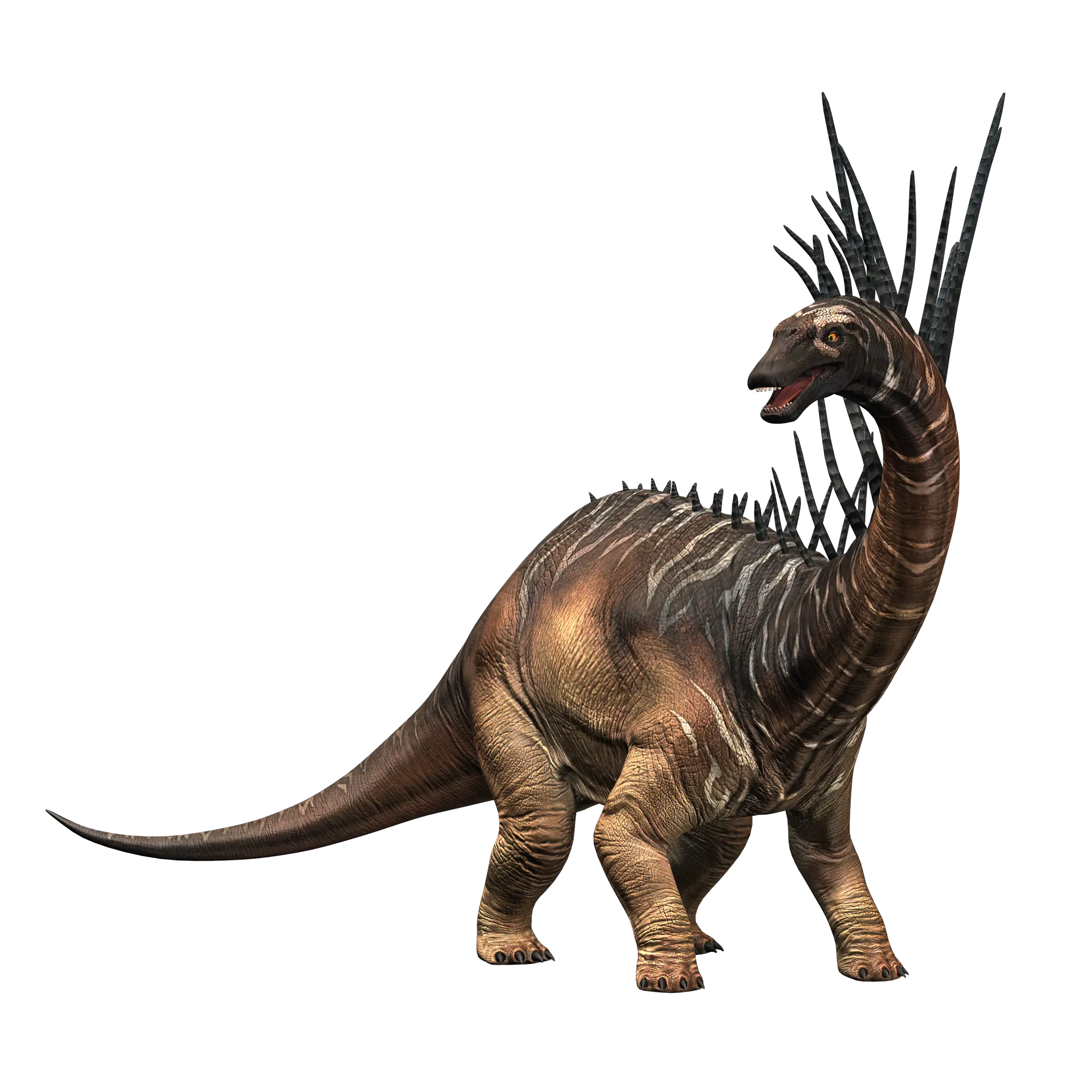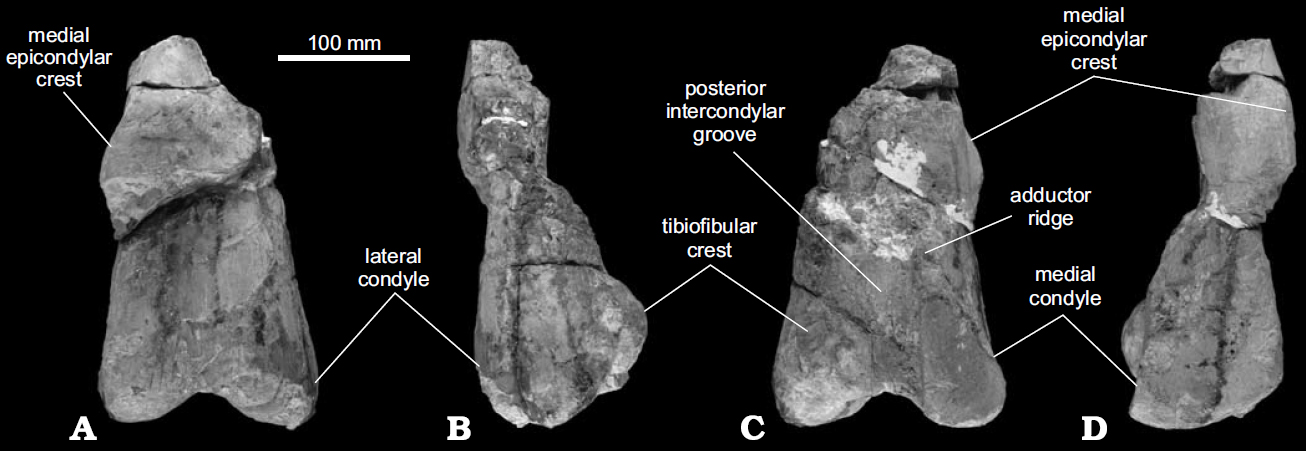|
|
Post by Talira Greycrest on Nov 16, 2021 7:17:00 GMT
Name: PrognathodonPronunciation: Pro-nay-tho-donMeaning of name: "Forejaw tooth"Species: P. curri, P. giganteus, P. kianda, P. overtoni, P. rapax, P. saturator, P. solvayi, P. lutugini, P. waiparaensisSize: Depending on species, measured between 5 and 14 metres. Largest species may have weighed up to 20 metric tonnes.Family: MosasauridaeDiet: CarnivoreFirst fossils found: Known from partial skulls, two partial skeletons and some stomach contents. Specimens have been discovered in Europe, the Middle East, New Zealand and the United States. P. solvayi named in 1889. P. overtoni named in 1897. P. lutugini named in 1901. P. rapax named in 1902. P. giganteus named in 1904. P. waiparaensis named in 1971. P. saturator and P. curri named in 2002. P. kianda named in 2008.Lived: Depending on species, lived between 83.6 and 66 million years ago during the Campanian and Maastrichtian stages of the Late Cretaceous in the warms oceans that once covered parts of what is now New Zealand, the Middle East, Europe and the United States.

|
|
|
|
Post by Joey12 on Nov 17, 2021 2:26:47 GMT
Interesting shape of the tail.
|
|
|
|
Post by Talira Greycrest on Nov 17, 2021 6:42:57 GMT
Name: ChirostenotesPronunciation: Ky-ro-sten-o-teezMeaning of name: "Narrow handed"Species: C. pergracilisSize: Estimated to have measured around 2.5 metres long, 1.5 metres tall and weighing 40kgs.Family: CaenagnathidaeDiet: Uncertain. Possible omnivore.First fossils found: Known only from a single, partial skeleton discovered in the Dinosaur Park Formation of Alberta, Canada, and named by American palaeontologist, Charles Whitney Gilmore, in 1924. (Hands found in 1914. Feet found in 1932 and named Macrophalangia, lower jaws found in 1936 and named Caenagnathus). In 1988, it was discovered that all the fossils actually belonged to the same animal, so Chirostenotes became the official name.Lived: 76.5 million years ago during the Campanian stage of the Late Cretaceous in what is now western Canada.

|
|
|
|
Post by Joey12 on Nov 18, 2021 3:30:14 GMT
Well it has a strange looking head for sure.
|
|
|
|
Post by Talira Greycrest on Nov 18, 2021 6:30:02 GMT
Today's entry is a Sauropod with spines on its neck: Name: BajadasaurusPronunciation: Bah-jar-da-sore-usMeaning of name: "Downhill lizard", in reference to the Bajada Colorada Formation where its fossils were discovered.Species: B. pronuspinaxSize: Estimated to have measured between 10 and 13 metres long. Height and weight uncertain.Family: DicraeosauridaeDiet: Herbivore. Likely fed on both high and low-growing vegetation.First fossils found: Known only from a single, partial skeleton discovered in the Bajada Colorada Formation of northern Patagonia, Argentina, in 2010. Named by Argentinian palaeontologist, Pablo Gallina, in 2019. The most striking feature of this Sauropod are the elongated spines extending from the back of its neck. Current theories regarding these spines is that they may have been used either for defense or display. Another theory is that the spines may have supported a skin sail used to help control body temperature.Lived: 145 to 132.9 million years ago during the Berriasian and Valanginian stages of the Early Cretaceous in what is now northern Patagonia, Argentina. |
|
|
|
Post by Joey12 on Nov 18, 2021 8:03:11 GMT
I have a feeling it may have supported a sail like a few others have. Kind of creep looking in the drawing.
|
|
Tix Mascot
Tech guru
Italy is my second homeland
Posts: 11,083  Mini-Profile Background: {"image":"http://4.bp.blogspot.com/-X5mhw13BJ7Y/TwKeZ3uM7YI/AAAAAAAABPw/D82go4Ny_8E/s1600/italy-background-8-787281.jpg","color":""}
Mini-Profile Text Color: 0ef8f1
Mini-Profile Name Color: f40d39
Year of Birth: 1961
Nationality: Norwegian
Mini-Profile Background: {"image":"http://4.bp.blogspot.com/-X5mhw13BJ7Y/TwKeZ3uM7YI/AAAAAAAABPw/D82go4Ny_8E/s1600/italy-background-8-787281.jpg","color":""}
Mini-Profile Text Color: 0ef8f1
Mini-Profile Name Color: f40d39
Year of Birth: 1961
Nationality: Norwegian
|
Post by Tix Mascot on Nov 18, 2021 17:14:06 GMT
A nice bunch of different looking individuals have arrived while I was gone.
|
|
|
|
Post by Joey12 on Nov 19, 2021 6:46:49 GMT
For sure that last one is.
|
|
|
|
Post by Talira Greycrest on Nov 19, 2021 9:00:05 GMT
Name: ArrhinoceratopsPronunciation: Ah-rye-no-seh-ra-topsMeaning of name: "No nose-horn face", because it was originally thought to have not had a nose horn.Species: A. brachyopsSize: Uncertain due to a lack of fossils, but is estimated to have measured between 4.5 and 6 metres long, 2 metres tall and weighing 1.3 metric tonnes.Family: Chasmosaurinae (a sub-family of Ceratopsidae)Diet: Herbivore. Fed on low-growing vegetation.First fossils found: Known only from a single, partial skull discovered in the Horseshoe Canyon Formation of Alberta, Canada, in 1923. Named by Canadian palaeontologist, William Arthur Parks, in 1925. Despite the name, Arrhinoceratops did have a nose horn, but it was very small.Lived: 72 to 67 million years ago during the Maastrichtian stage of the Late Cretaceous in what is now western Canada. Arrhinoceratops skull on display at the Royal Ontario Museum, Toronto, Ontario, Canada. Arrhinoceratops skull on display at the Royal Ontario Museum, Toronto, Ontario, Canada.
|
|
Tix Mascot
Tech guru
Italy is my second homeland
Posts: 11,083  Mini-Profile Background: {"image":"http://4.bp.blogspot.com/-X5mhw13BJ7Y/TwKeZ3uM7YI/AAAAAAAABPw/D82go4Ny_8E/s1600/italy-background-8-787281.jpg","color":""}
Mini-Profile Text Color: 0ef8f1
Mini-Profile Name Color: f40d39
Year of Birth: 1961
Nationality: Norwegian
Mini-Profile Background: {"image":"http://4.bp.blogspot.com/-X5mhw13BJ7Y/TwKeZ3uM7YI/AAAAAAAABPw/D82go4Ny_8E/s1600/italy-background-8-787281.jpg","color":""}
Mini-Profile Text Color: 0ef8f1
Mini-Profile Name Color: f40d39
Year of Birth: 1961
Nationality: Norwegian
|
Post by Tix Mascot on Nov 19, 2021 13:54:53 GMT
Digression: Which is the best place (museum etc) to visit for dinosaur related matters?
|
|
|
|
Post by Talira Greycrest on Nov 20, 2021 1:02:49 GMT
Digression: Which is the best place (museum etc) to visit for dinosaur related matters? I think that depends on what country you're in. |
|
|
|
Post by Joey12 on Nov 20, 2021 5:35:28 GMT
Closest to me is the Field Museum. I've been there but years ago. No idea where the best one in the US is but this is a pretty good one. www.fieldmuseum.org |
|
|
|
Post by Talira Greycrest on Nov 20, 2021 9:33:26 GMT
Today's dino is one of only seven to be discovered in what is now Antarctica: Full name: GlacialisaurusPronunciation: Glay-she-al-sore-usMeaning of name: "Frozen lizard", in reference to the Beardmore Glacier region in the Central Transantarctic Mountains where its fossils were discovered.Species: G. hammeriSize: Unknown due to a lack of fossils, but is estimated to have measured around 6.2 metres long and weighing 590kgs. Height uncertain.Family: MassospondylidaeDiet: HerbivoreFirst fossils found: Known only from a left femur and a partial right hind limb discovered in the Hanson Formation of Mount Kirkpatrick, Antarctica. Named by Nathan D. Smith and Diego Pol in 2007.Lived: 199.3 to 190.8 million years ago during the Sinemurian stage of the Early Jurassic in what is now Antarctica. Glacialisaurus femur fragments Glacialisaurus femur fragments |
|
|
|
Post by Joey12 on Nov 21, 2021 8:16:38 GMT
Frozen Lizard sums it up pretty well.
|
|
|
|
Post by Talira Greycrest on Nov 21, 2021 8:50:48 GMT
Name: ZhanghenglongPronunciation: Zang-heng-longMeaning of name: "Zang Heng's dragon", after first century Chinese scientist, Zhang Heng.Species: Z. yangchengensisSize: Estimated to have measured between 5 and 6 metres long.Family: Uncertain. Likely Hadrosaurid.Diet: HerbivoreFirst fossils found: Known only from a single, partial skeleton discovered in the Majiacun Formation of Henan Province, central China, in 2011. Named by Xing Hai, Wang Deyou, Han Fenglu, Corwin Sullivan, Ma Qingyu, He Yiming, David Hone, Yan Ronghao, Du Fuming and Xu Xing in 2014.Lived: 86.3 to 83.6 million years ago during the Santonian stage of the Late Cretaceous in what is now central China.

|
|